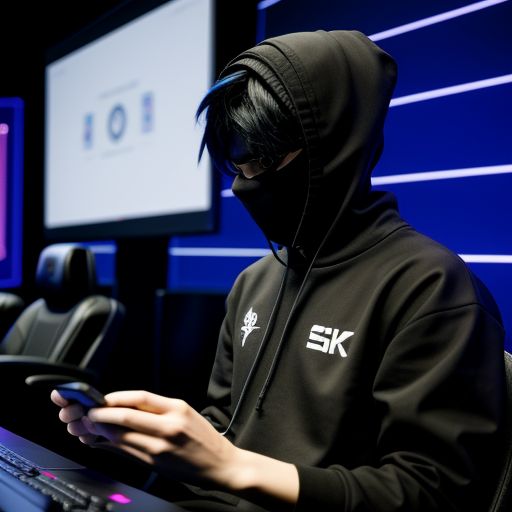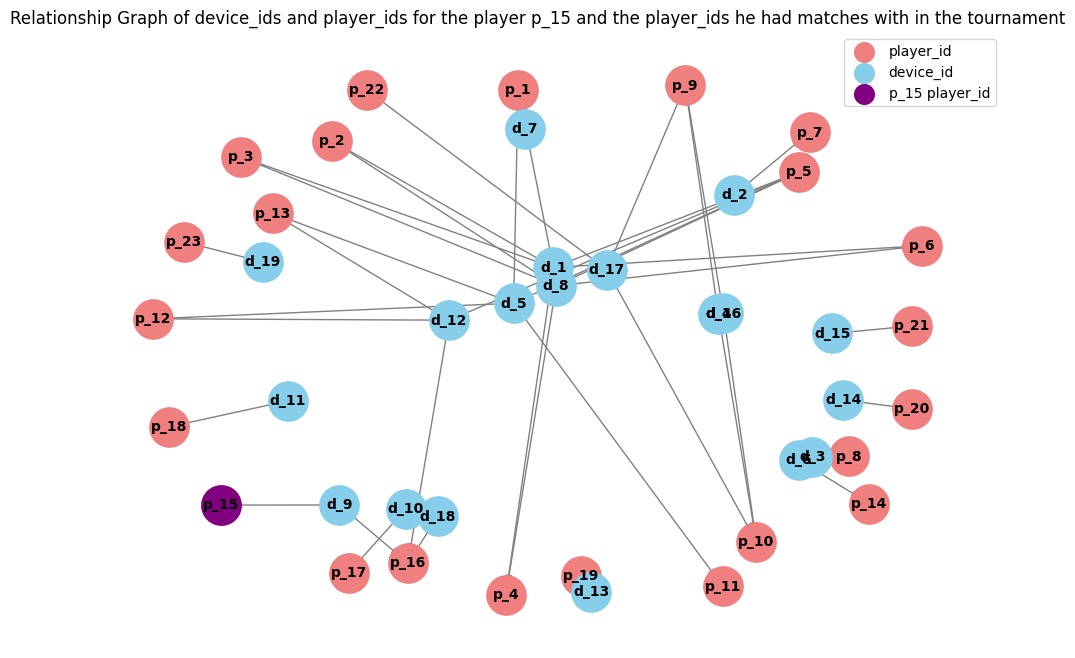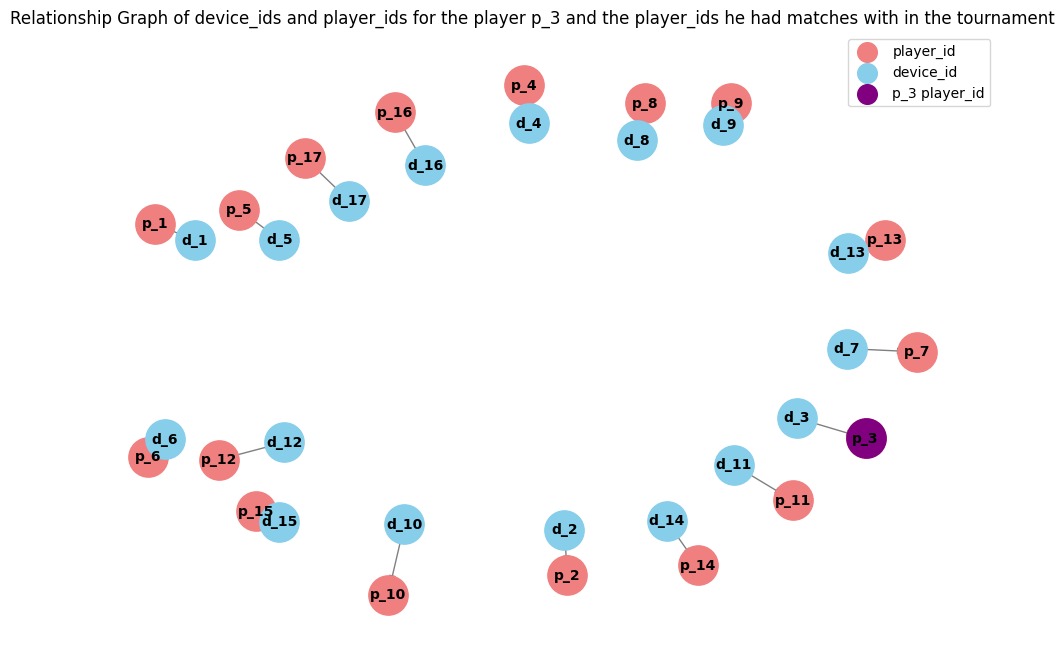-
Detection of Cheating in E-Sports
In the competitive world of e-sports, maintaining the integrity of tournaments is paramount. Cheating not only undermines the spirit of fair play, but also damages the credibility of the competition. Here I propose a general method to identify some cheating behaviors among players. The concrete case will focus on game tournaments, but the idea can be generalized.
By leveraging the relationship between devices, players and IPs, the approach aims to ensure fair competition and uphold the standards of e-sports tournaments. This portfolio showcases my work in leveraging data-driven techniques to safeguard the integrity of the gaming industry.
The Match-fixing problem
Match-fixing refers to the unethical practice where players manipulate the outcomes of matches to achieve a predetermined result. This often involves collusion between players, using multiple accounts or devices to intentionally lose or win, thereby unfairly influencing rankings, rewards, or tournament outcomes.
An effective way to identify match-fixing in games is by analyzing the relationship between devices and players. Every device possesses a unique identifier, which we'll call device_id, and every player has a unique identifier, referred to as player_id. It's common in match-fixing for the person orchestrating the misconduct to have access to multiple player accounts.
In a game tournament setting, suppose we want to investigate if there is evidence of match-fixing involving the top-ranked player. The suggested approach can be summarized as follows:
- Gathering player IDs: Collect all the player IDs that the top-ranked player interacted with during the tournament.
- Gathering device IDs: Collect all the device IDs that accessed these player accounts.
- Plotting a network chart: Create a network chart connecting player IDs and device IDs.
A network chart is an effective way to visually detect potential match-fixing. Ideally, the network should show isolated groups of player IDs and device IDs. An unusual number of connections between these groups may indicate suspicious behavior, suggesting possible match-fixing.
Games often implement measures to prevent a player from facing the same opponent (player_id) within a given period. To further hinder misconduct, it is suggested to also prevent a player_id from facing the same device_id within a given period.
The Ringing problem
"Ringing" is a term commonly used in competitive gaming and esports to describe the act of having a more skilled player secretly play on someone else's account, especially in a tournament or competitive match setting.
A simple yet effective method to identify ringing involves comparing the regular connection IP address with the IP address used during the competition in the analytics data. In a game tournament setting, by analyzing top players, we can track the IP addresses that typically access the game versus those that participate in the tournament. The expected behavior is consistent IP addresses, while suspicious conduct would be indicated by unfamiliar IP addresses during the tournament.
While this analysis may not definitively confirm instances of ringing, it can provide compelling evidence in high-stakes global games.

Related Images

